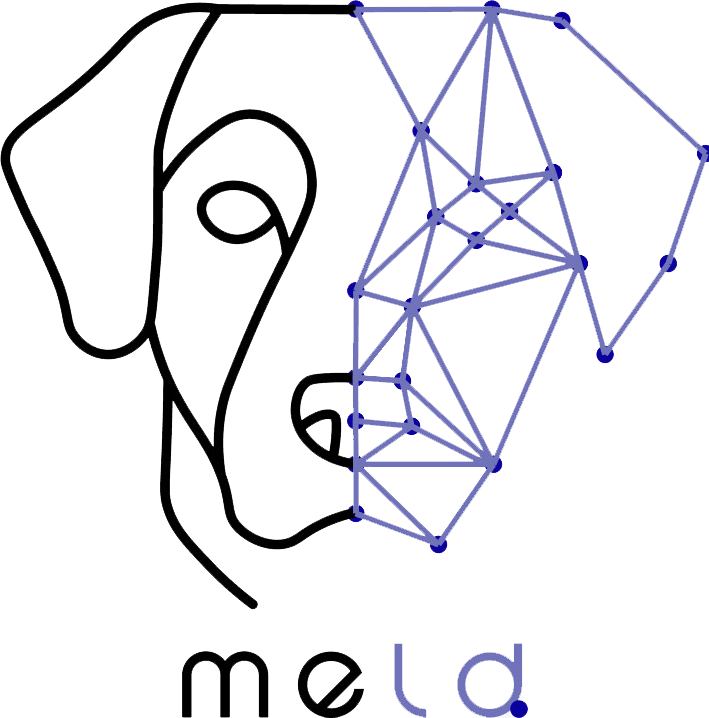This paper presents a study that uses a self-developed computational tool, K9-Blyzer, to objectively analyze movement patterns of dogs with ADHD-like behavior from video footage collected during veterinary consultations. The study compared 12 dogs diagnosed with ADHD-like behavior (H-group) to a control group of 12 dogs with no behavioral problems (C-group). The computational analysis identified seven significant differences in movement parameters between the groups, leading to the identification of three characteristic dimensions for dogs with ADHD-like behavior: high speed of movement, large coverage of room space, and frequent re-orientation in room space. These findings suggest that computational tools can potentially provide objective support for the assessment, diagnosis, and clinical treatment of ADHD-like behavior in dogs, complementing owner reports.
Non-Invasive Computer Vision-Based Fruit Fly Larvae Differentiation: Ceratitis capitata and Bactrocera zonata
This paper proposes a novel, non-invasive method using computer vision

